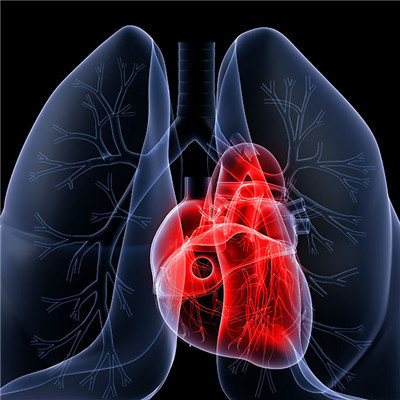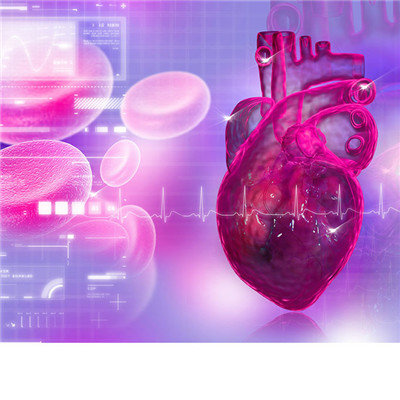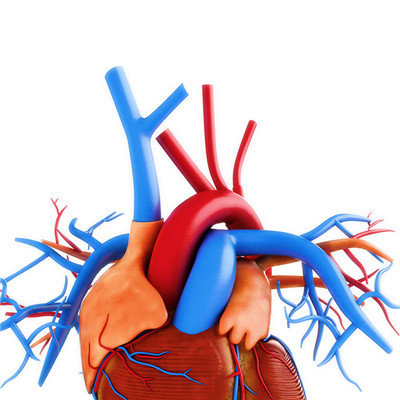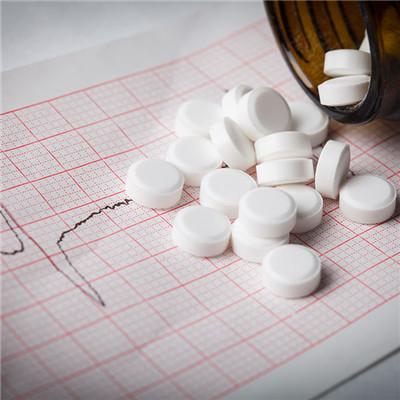Premature heart rate symptoms?
summary
Premature beat is called premature beat. It refers to the heart beat caused by premature impulse of ectopic pacemaker, which is the most common arrhythmia. It can occur on the basis of sinus rhythm or ectopic rhythm (such as atrial fibrillation). It can occur occasionally or frequently, irregularly or regularly after each or several normal beats, forming a bigeminy or premature beat. According to the origin, it can be divided into sinus, atrial, atrioventricular junction and ventricular. Premature heart rate symptoms? Let's talk about it
Premature heart rate symptoms?
Premature beat may be asymptomatic, palpitation or cardiac arrest. Frequent premature beats can lead to fatigue, dizziness and other symptoms (caused by decreased cardiac output). Patients with original heart disease can induce or add angina pectoris or heart failure.

Auscultation can find irregular rhythm and long compensatory interval after premature beat. The first heart sound of premature beat is enhanced, and the second heart sound is weakened or disappeared. When the premature beat presents two or three rhythms, a long interval can be heard after every two or three beats. If the premature beat is inserted between two regular beats, it can be shown as three consecutive beats. Pulse palpation can find intermittent pulse.

The appearance of P wave was earlier than that of basic rhythm, P-R interval > 0.12s. QRS complex is mostly the same as sinus rhythm, sometimes slightly widened or deformed, with corresponding changes of ST and T wave is called ventricular differential conduction, which needs to be differentiated from ventricular premature beat. The abnormal P-wave can be seen in front of QRS complex in atrial premature beat with ventricular differential conduction. Early abnormal P wave can also be followed by no corresponding QRS wave, known as blocking atrial premature beat. It should be differentiated from sinus arrhythmia or sinus stillness. If abnormal P wave is found on ST segment or T wave of the previous heart beat, it can be diagnosed as blocked atrial premature beat. The impulse of atrial premature beat often invades the sinoatrial node and depolarizes the latter in advance. The spontaneous depolarization of the sinoatrial node starts again according to the original cycle, forming an incomplete compensatory interval. Occasionally, there is a complete compensatory interval after atrial premature beat.

matters needing attention
In addition to the etiological treatment, antiarrhythmic drugs can be used for the treatment of atrial and atrioventricular premature beats. Most of the drugs used for atrial and atrioventricular premature beats are class IA, class IC, class II and class IV drugs, while most of the drugs used for ventricular premature beats are class I and class III drugs. The potentially fatal premature ventricular contractions often need emergency intravenous administration. Class Ib was the first choice. Intravenous lidocaine is still the first choice in the early stage of acute myocardial infarction. If there is no contraindication after myocardial infarction, it is often used β- Blocker therapy. In patients with primary or secondary QT prolongation syndrome, class I drugs are forbidden, and can be used for primary QT prolongation syndrome β- Blockers, phenytoin or carbamazepine. For secondary cases, isoproterenol or atrial or ventricular pacing should be used.













